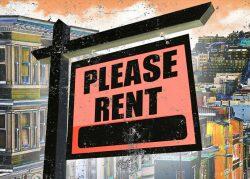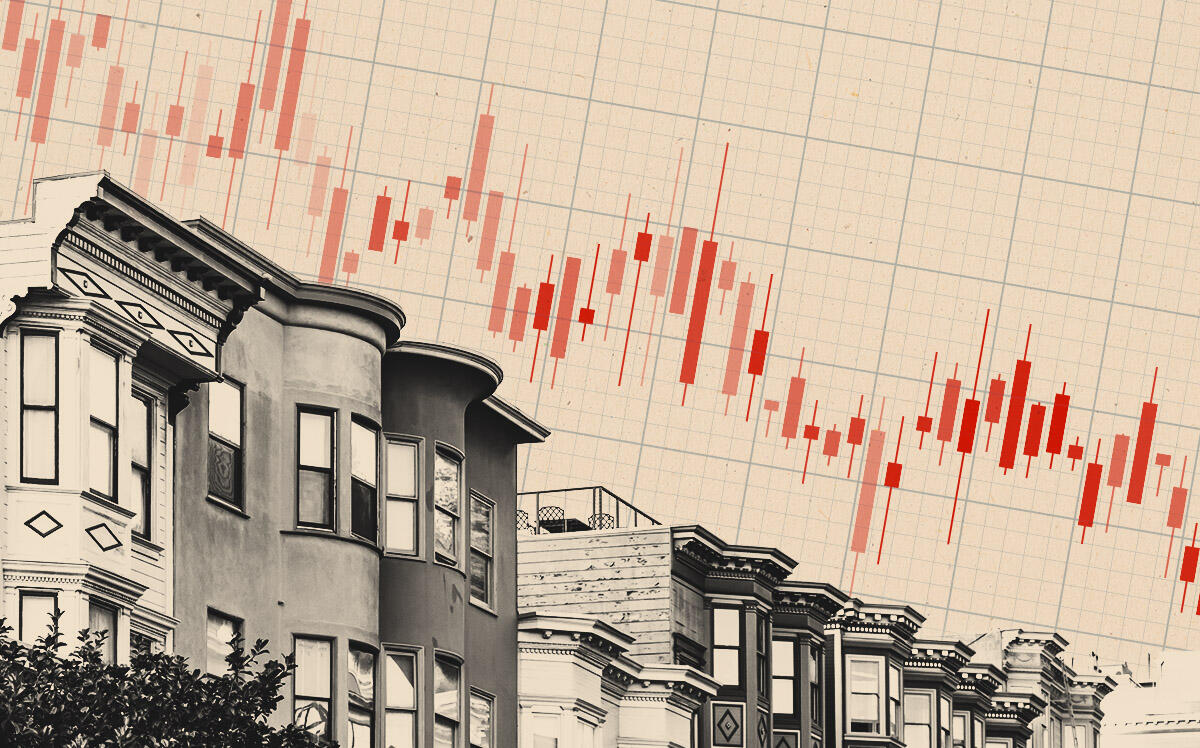As the residential market and overall economy have cooled, rents have slipped across the Bay Area after 18 months of steady hikes.
In greater San Francisco and San Jose, rents fell 2 percent from their high in August, double the nationwide drop during the same period, the San Jose Mercury News reported, citing data from Apartment List.
The drop may mark a return to seasonal trends as winter approaches and fewer people move, but also could reflect recession fears, tech sector layoffs and the rising cost of goods in the nation’s most expensive rental market.
The median monthly cost of a new lease for a one-bedroom apartment in San Jose and the entire South Bay is $2,240. In San Francisco and the Peninsula and the East Bay, the median rent is $1,932.
The two metros still lead the nation in rents among large cities, ahead of San Diego at $1,916, New York at $1,897 and Los Angeles at $1,753.
The price declines are the latest jolt in an unpredictable Bay Area rental market during the pandemic.
In early 2020, rental prices in the region’s larger cities fell by as much as 25 percent as renters fled to the suburbs and cheaper areas of the state and nation.
Then rents began to rebound last year as public health restrictions lifted and more people moved back. The Bay Area, however, avoided the soaring price jumps seen nationwide.
Now rents are falling again.
In some of the region’s hardest-hit cities, rents still haven’t sprung back to pre-pandemic levels, even as prices rose over most of the past 18 months. Median rents of $2,339 in San Francisco and $1,531 in Oakland are at least 10 percent lower than in March 2020.
“The Bay Area is still a bit of an anomaly,” Apartment List Senior Economist Chris Salviati told the Mercury News. He said the popularity of remote work is a factor because people moved out of the Bay Area, reducing demand.
With inflation high, people are moving in with roommates or family to save money, Salviati said, putting the brakes on more renters getting their own apartments as a result of rising incomes during the pandemic.
Apartment vacancy rates across the Bay Area are creeping back up to near or above 5 percent, close to the 5.5 percent national rate, according to Apartment List.
The combination of higher inventory and declining demand could dampen rental prices into next year, barring a severe recession, Salviati said.
Michael Lane, a housing policy expert with think tank SPUR, based in San Francisco, doesn’t foresee a major collapse, as rising mortgage rates squeeze would-be homebuyers, forcing them to keep paying rent.
“The bottom line is: This will remain a very expensive market,” Lane told the newspaper.
The drop in rents across the Bay Area isn’t universal, however. The cost of renting a one-bedroom apartment in Redwood City this month jumped 32 percent to $2,900 a unit from a year ago, according to a new Zumper report.
— Dana Bartholomew
Read more


